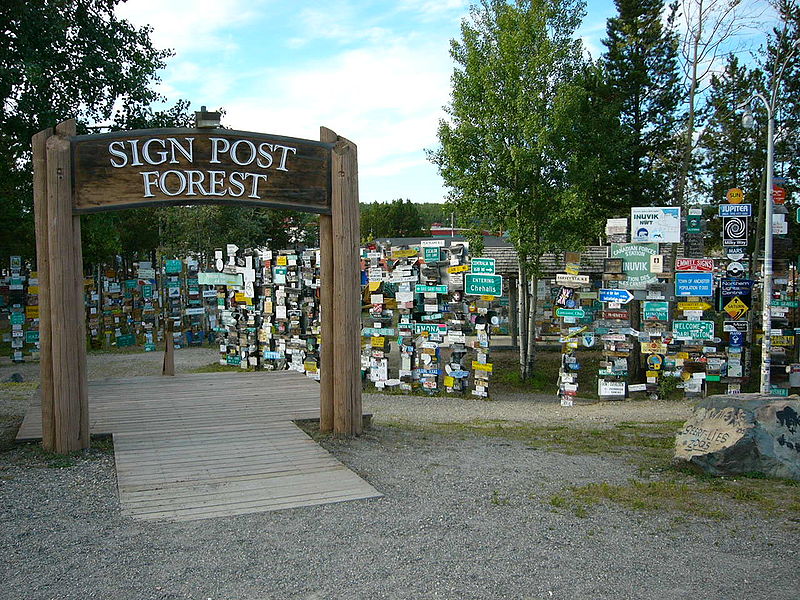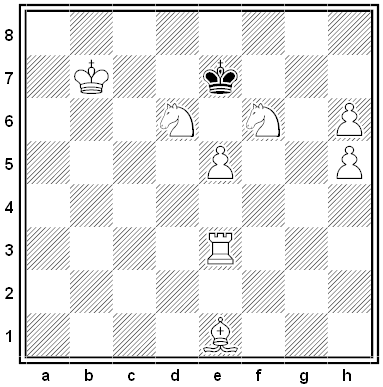Raymond Chandler similes:
“He looked about as inconspicuous as a tarantula on a slice of angel food.”
“She looked almost as hard to get as a haircut.”
“The smell of old dust hung in the air as flat and stale as a football interview.”
“Her face fell apart like a bride’s pie crust.”
“This car sticks out like spats at an Iowa picnic.”
“I belonged in Idle Valley like a pearl onion on a banana split.”
“A few locks of dry white hair clung to his scalp, like wild flowers fighting for life on a bare rock.”
“Then she straightened the bills out on the desk and put one on top of the other and pushed them across. Very slowly, very sadly, as if she was drowning a favorite kitten.”
“If you use similes,” he once suggested, “try and make them both extravagant and original.”






